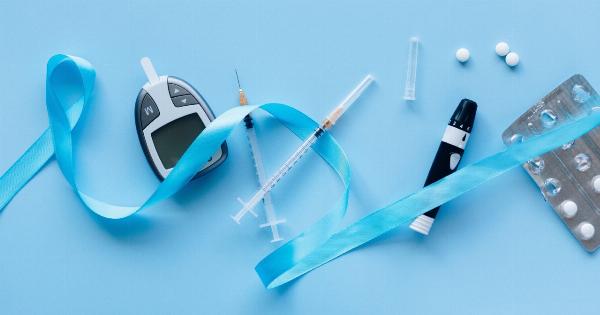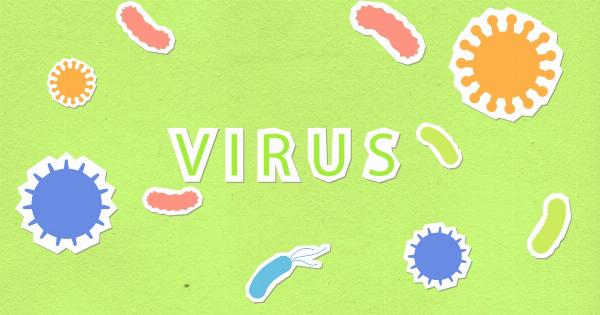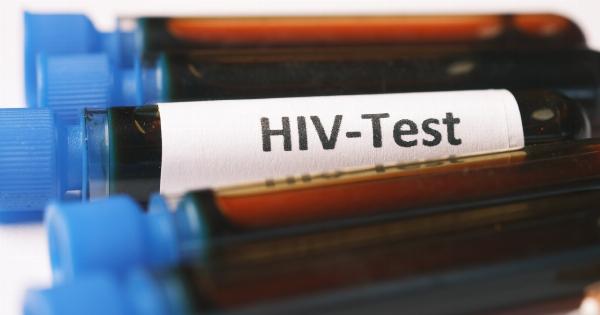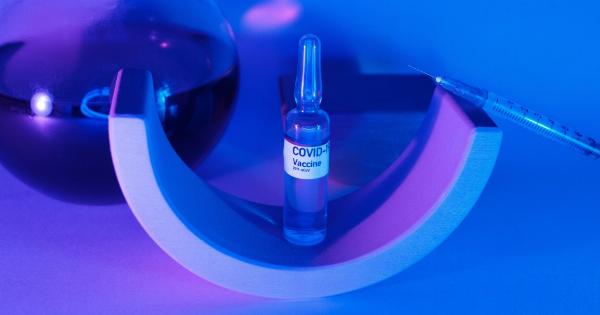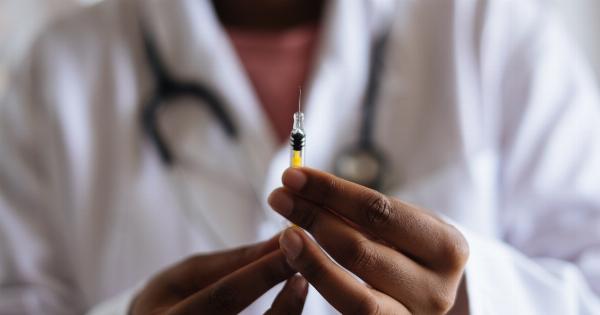The fight against HIV/AIDS has been ongoing for decades, and although significant progress has been made, the global impact of the disease remains a significant concern.
However, recent advancements in medical research offer hope for a future where the transmission of HIV is greatly reduced. This breakthrough medication not only protects against AIDS but also marks a new era in HIV prevention. In this article, we will dive into the latest developments, effectiveness, accessibility, and future prospects of this groundbreaking drug.
What is AIDS?
Acquired Immunodeficiency Syndrome (AIDS) is a severe stage of HIV infection. HIV, or Human Immunodeficiency Virus, attacks the immune system, leaving individuals vulnerable to opportunistic infections and other diseases.
Without effective treatment or prevention measures, HIV can progress to AIDS, resulting in a weakened immune system and potentially life-threatening complications.
The Need for Breakthrough Medication
AIDS has had a devastating impact worldwide, affecting millions of people and causing immense suffering. Despite extensive efforts to prevent the transmission of HIV, the virus continues to spread.
Traditional prevention methods such as condom use, abstinence, and harm reduction strategies have proven effective to some extent but are not foolproof. The development of a breakthrough medication, therefore, represents a critical advancement in the fight against AIDS.
The Latest Breakthroughs in HIV Prevention
In recent years, extensive research has been conducted to develop new medications that provide a higher level of protection against HIV transmission. One of the most promising breakthroughs is the use of pre-exposure prophylaxis (PrEP).
PrEP involves the daily intake of antiretroviral drugs by individuals at high risk of acquiring HIV. This medication effectively reduces the risk of contracting the virus by over 90%. Multiple clinical trials have demonstrated the effectiveness of PrEP, and it has been approved for use in various countries.
Effectiveness of the Breakthrough Medication
The breakthrough medication has shown significant effectiveness in preventing the transmission of HIV. PrEP, when taken consistently, reduces the risk of contracting HIV through sexual activity or injection drug use.
Several studies have reported a substantial reduction in new HIV infections among individuals adhering to the medication regimen. However, it is crucial to note that PrEP does not protect against other sexually transmitted infections (STIs). Therefore, it is essential for individuals using PrEP also to practice safe sex measures and get regularly tested for STIs.
Accessibility and Affordability
Ensuring the accessibility and affordability of the breakthrough medication is crucial for its potential impact on global health. High drug costs have often been a significant barrier to accessing life-saving medications worldwide.
However, efforts are being made to make this breakthrough medication available to those who need it the most. Generic versions of the drug are being produced, significantly reducing the cost and increasing accessibility.
Additionally, various global health initiatives and partnerships aim to improve the distribution and affordability of the medication in regions heavily impacted by HIV/AIDS.
The Future of HIV Prevention
While the breakthrough medication is a significant advancement in HIV prevention, there is still much work to be done. Continued research and development are vital to improving its effectiveness, reducing side effects, and expanding accessibility.
Additionally, education and awareness campaigns play a crucial role in promoting the widespread use of HIV prevention methods, including the breakthrough medication. By combining prevention strategies, community engagement, and comprehensive healthcare services, we can work towards a future without the fear of AIDS.
Challenges and Considerations
The introduction of the breakthrough medication also brings certain challenges and considerations. Adherence to the medication regimen is crucial for its effectiveness.
Individuals must take the prescribed dose consistently and undergo regular medical check-ups to monitor their HIV status and overall health. Stigma and discrimination associated with HIV/AIDS can also be a barrier to the widespread use of the breakthrough medication.
Addressing these challenges requires comprehensive support systems, inclusive healthcare policies, and continuous efforts to reduce the stigma surrounding HIV/AIDS.
The Role of Healthcare Providers and Advocacy Groups
Healthcare providers and advocacy groups play a pivotal role in the successful implementation of the breakthrough medication. Healthcare providers need to be knowledgeable about the medication, its benefits, and potential side effects.
They also play a vital role in regular monitoring, counseling, and ensuring adherence to the medication regimen. Advocacy groups, on the other hand, are instrumental in raising awareness, promoting acceptance, and advocating for accessible treatment options for all individuals at risk of HIV/AIDS.
Conclusion
The breakthrough medication for protecting against AIDS is a remarkable advancement that provides new hope in the fight against HIV/AIDS. The development and widespread use of this medication mark a significant turning point in HIV prevention.
By combining this breakthrough medication with other prevention strategies and comprehensive healthcare services, we can strive towards achieving a future where AIDS is no longer a global health crisis. It is essential to continue supporting research, reducing barriers to accessibility, and promoting awareness to ensure the full potential of this breakthrough medication is realized.









